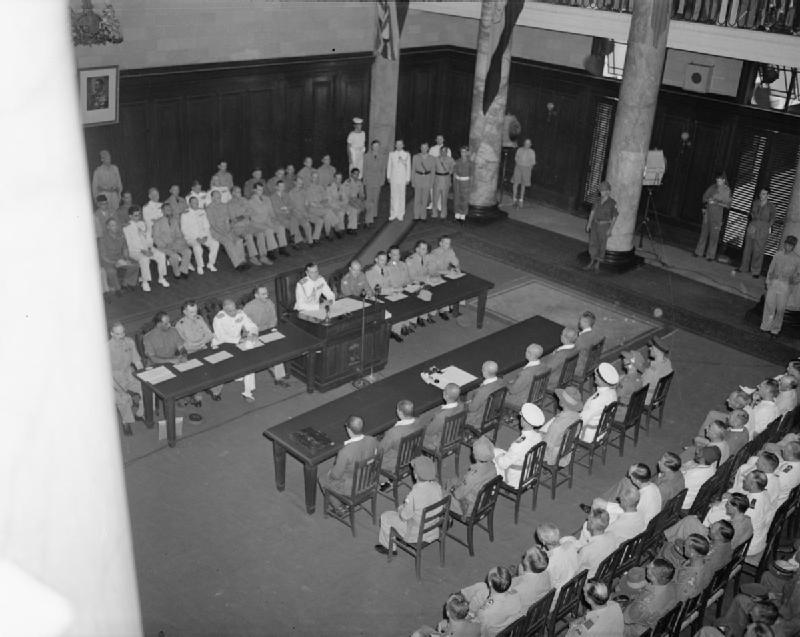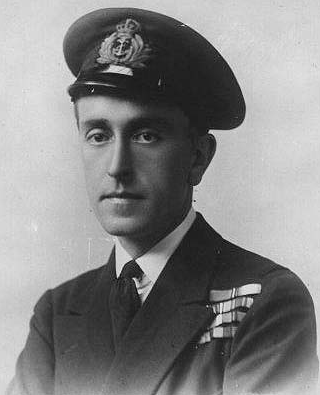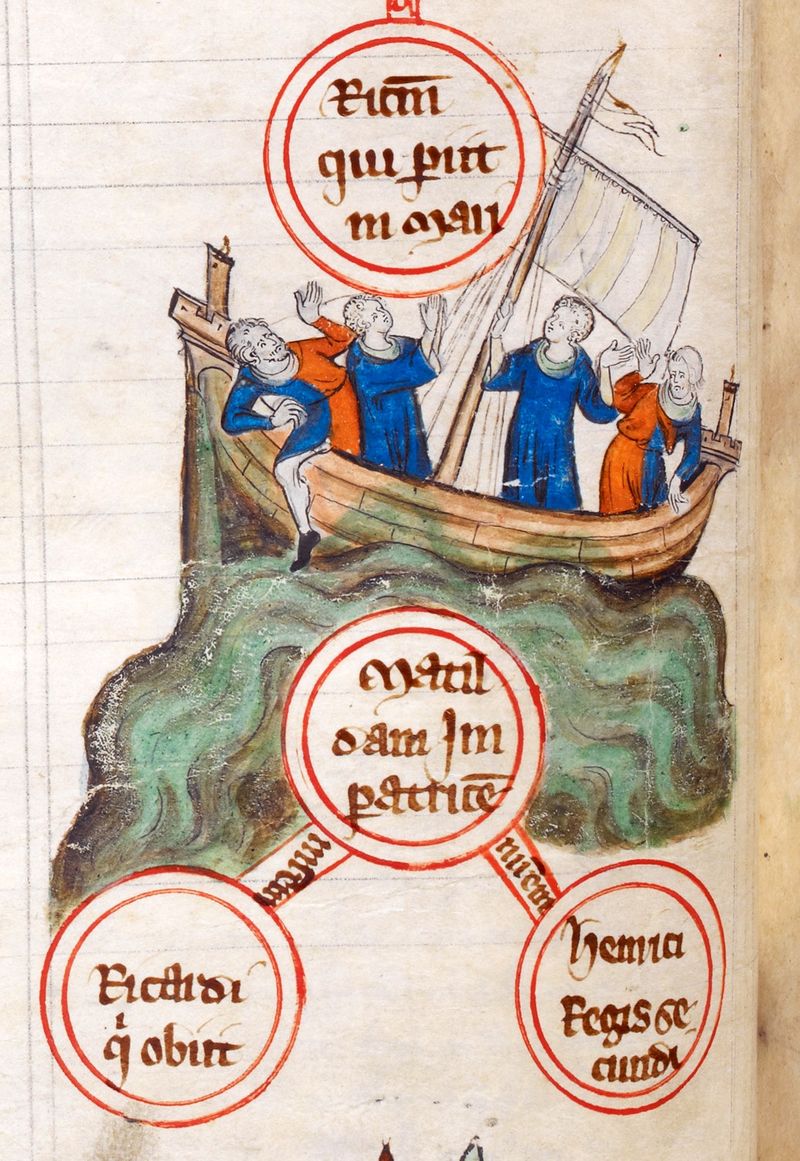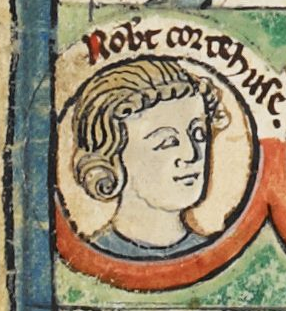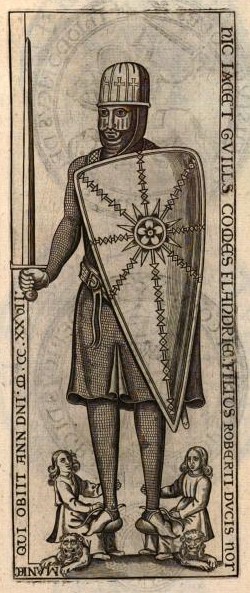by Susan Flantzer © Unofficial Royalty 2017

Westminster Abbey in London; Photo Credit – Wikipedia
- Read more about what happens When the British Monarch Dies.
The traditional burial places of English/British monarchs since the Norman Conquest in 1066 have been Westminster Abbey in London and St. George’s Chapel at Windsor Castle. Three of the seven Norman and Angevin monarchs were buried in France in lands they held as Duke of Normandy or Count of Anjou. The tombs of several monarchs have been destroyed. The fate and the burial place of King Edward V, one of the “Little Princes in the Tower,” is unknown. King James II who lived out his life in exile after he was deposed in the Glorious Revolution of 1688, was buried in France. The first Hanoverian king, King George I, was traveling back to his homeland when he suffered a stroke, died, and was then buried in Hanover. While we associate grandiose tombs with royalty, it is interesting to note that some monarchs have no tomb or memorial, but simply a plaque on the floor, and a few monarchs have no plaque, memorial, or tomb.
In 1042, King Edward the Confessor began rebuilding St. Peter’s Abbey to provide himself with a royal burial church, the first Westminster Abbey. Construction of the second and present church was begun in 1245 by King Henry III who selected the site for his burial. In 1269, Henry III oversaw a grand ceremony to rebury Edward the Confessor in a magnificent new shrine, personally helping to carry the body of the saint to its new resting place. When Henry III died in 1272, he was buried in the original coffin of Edward the Confessor. Eventually, a grander tomb was built for Henry III and in 1290, his remains were moved to their current location in Westminster Abbey, in a tomb directly north of Edward the Confessor’s shrine. Nearby the shrine of Edward the Confessor, kings, their wives, and their relatives were buried over the years.
In 1502, King Henry VII started the rebuilding of the Lady Chapel, devoted to the Virgin Mary, at Westminster Abbey. The old Lady Chapel was demolished in 1502, construction began in January 1503, and was completed in 1509. The beautiful chapel, known as the Henry VII Chapel, is famous for its spectacular pendant fan vault ceiling. Henry VII and his wife Elizabeth of York are buried in the chapel in a magnificent tomb. The vaults under the chapel became the burial place for many of his successors and members of the royal family. King George II was the last monarch buried there. In 1790, the last British royal was buried at Westminster Abbey, Prince enry Frederick, Duke of Cumberland, son of Frederick, Prince of Wales and a younger brother of King George III.

St. George’s Chapel at Windsor Castle; Photo Credit – By Aurelien Guichard from London, United Kingdom – WindsorUploaded by BaldBoris, CC BY-SA 2.0, https://commons.wikimedia.org/w/index.php?curid=15203080
By the time of George II’s death in 1760, the royal burial vaults at Westminster Abbey were quite crowded. His successor, his grandson King George III, decided to build a new royal vault at St. George’s Chapel at Windsor. St. George’s Chapel was built during the reign of King Edward III (reigned 1327-1377). The new Royal Vault was constructed in 1804 under what is now the Albert Memorial Chapel, which had originally been intended to serve as a chapel for the tombs of Henry VII and his successors. Prince Albert, the husband of Queen Victoria, is not buried there, but his son Prince Leopold and his grandson Prince Albert Victor (Prince Eddy) are.
Above is a view inside the Royal Vault at St. George’s Chapel. Caskets were placed on the shelves along the sides. The bench in the middle was used as a temporary place for caskets waiting to be buried elsewhere. None of the Hanovers buried in the Royal Vault have a memorial except Princess Charlotte of Wales, who tragically died in childbirth at age 21 and most likely would have succeeded her father King George IV to the throne.
The Royal Vault is accessible from the Choir of St. George’s Chapel where a portion of the floor can be raised for lowering coffins into the passage that led to the vault. In 1873, steps to the vault were added behind the high altar and a mechanically operated platform was installed to ease the lowering of coffins into the vault. In the photo below, the Royal Vault is open as the coffin of King George V has been lowered into the vault following his funeral.
Princess Amelia, the youngest child of George III, was the first person buried in the new Royal Vault in 1810. George III’s two youngest sons, Prince Alfred who died at age two in 1782, and Prince Octavius who died at age four in 1783, were both originally buried at Westminster Abbey. Their remains were moved to the Royal Vault at St. George’s Chapel, Windsor Castle on February 11, 1820, shortly after their father’s death. Burials in the Royal Vault continued until 1927.

Royal Burial Ground, Frogmore; Photo Credit – By WyrdLight.com, CC BY-SA 3.0, https://commons.wikimedia.org/w/index.php?curid=14615493
In 1928, the Royal Burial Ground at Frogmore, adjacent to Queen Victoria’s mausoleum and near Windsor Castle, was consecrated as a cemetery for junior members of the British Royal Family. One monarch, King Edward VIII who abdicated in 1936 after ten months on the throne, was buried at the Royal Burial Ground. At the time of the consecration, eight coffins of junior royals were moved from the Royal Vault at St. George’s Chapel and interred at the new Royal Burial Ground. Presumably, the Royal Vault at St. George’s Chapel could then be used for the burial of future monarchs and their consorts. Since that time, there have been no permanent burials in the Royal Vault. Many remains interred at the Royal Burial Ground temporarily rested in the Royal Vault before transfer to Frogmore. The Royal Mausoleum at Frogmore is the final resting place of Queen Victoria and her husband Prince Albert. A crypt below Victoria and Albert’s tomb has nine spaces that were reserved for the couple’s nine children, but none of them were buried there.

Queen Victoria’s Royal Mausoleum in Frogmore with the Royal Burial Ground in the front; Photo Credit – By Gill Hicks, CC BY-SA 2.0, https://commons.wikimedia.org/w/index.php?curid=3347750
Four days after the death of Prince Albert in December 1861, Queen Victoria ordered a mausoleum to be built at Frogmore in Windsor Great Park where both she and Albert would be interred. Albert was temporarily interred in the Royal Vault and in March 1862, construction of the mausoleum began. In December 1862, Albert’s coffin was transferred to the Royal Mausoleum. When Queen Victoria died in January 1901, her coffin rested in the Albert Memorial Chapel for two days after the funeral, and then it was transferred to the Royal Mausoleum.
King Edward VII who died in 1910, was temporarily interred in the Royal Vault while a tomb with recumbent effigies was completed on the south side of the high altar in St. George’s Chapel. When Edward VII’s wife Alexandra died in 1925, the king’s coffin was removed from the Royal Vault and placed with his wife’s in front of the altar in the Albert Memorial Chapel. On April 22, 1927, both coffins were placed in the tomb.
King George V was temporarily interred in the Royal Vault. A tomb with recumbent effigies was built at the west end of the north aisle of the nave of St. George’s Chapel. George V’s coffin was removed from the Royal Vault and interred in the tomb on April 23, 1939. His wife Queen Mary was interred in the tomb when she died in 1953.

King George VI Memorial Chapel; Credit – The Royal Family Facebook page
King George VI died in 1952, and like his two predecessors was temporarily interred in the Royal Vault. After lengthy discussions, a memorial chapel was built on the north side of St. George’s Chapel between 1967-1969. This was the first major addition to St. George’s Chapel since 1504. In March 1969, George VI’s coffin was transferred from the Royal Vault to the new King George VI Memorial Chapel. When his wife Queen Elizabeth The Queen Mother died on March 30, 2002, her coffin was interred there along with the ashes of her younger daughter Princess Margaret who had died in February 2002. King George VI’s elder daughter and successor Queen Elizabeth II, who died in 2022, was interred with her parents and her sister’s ashes in the King George VI Memorial Chapel. Queen Elizabeth II’s husband Prince Philip, Duke of Edinburgh died in 2021 and was originally interred in the Royal Vault at St. George’s Chapel. At the time of the burial of his wife Queen Elizabeth II, his coffin was transferred to the King George VI Memorial Chapel.
Recommended Book
The Royal Tombs of Great Britain by Aiden Dodson
Below is some brief information about the burials of English/British monarchs since the Norman Conquest in 1066. For more information, see Unofficial Royalty: British Royal Burial Sites
House of Normandy
- King William I (the Conqueror): Saint Etienne Abbaye aux Hommes in Caen, Normandy, plaque on the floor, the original tomb was destroyed by French Huguenots in 1562
- King William II Rufus: Winchester Cathedral, remains in a mortuary chest
- King Henry I: Reading Abbey, tomb destroyed during the Dissolution of the Monasteries
- King Stephen: Faversham Abbey, tomb destroyed during the Dissolution of the Monasteries
House of Angevin
- King Henry II: Abbaye de Fontevraud in Anjou, France, remains destroyed by French Huguenots in 1562, effigy survived
- King Richard I: Abbaye de Fontevraud in Anjou, France, remains destroyed by French Huguenots in 1562, effigy survived
- King John: tomb in Worcester Cathedral
House of Plantagenet
- King Henry III: tomb in Westminster Abbey
- King Edward I: tomb in Westminster Abbey
- King Edward II: tomb in Gloucester Cathedral
- King Edward III: tomb in Westminster Abbey
- King Richard II: tomb in Westminster Abbey
House of Lancaster
- King Henry IV: tomb in Canterbury Cathedral
- King Henry V: tomb in Westminster Abbey
- Henry VI: tomb in St. George’s Chapel at Windsor Castle
House of York
- King Edward IV: tomb in St. George’s Chapel at Windsor Castle
- Edward V: unknown
- King Richard III: buried at Greyfriars Church in Leicester which was destroyed during the Dissolution of the Monasteries, remains discovered in a car park and were re-interred at Leicester Cathedral in 2015
House of Tudor
- King Henry VII: tomb in Westminster Abbey
- King Henry VIII: buried in a vault in the Choir of St. George’s Chapel at Windsor Castle, plaque on the floor
- King Edward VI: tomb in Westminster Abbey
- Jane: after execution buried in the Chapel of St Peter ad Vincula at the Tower of London
- Mary I: shared tomb with her half-sister Elizabeth I at Westminster Abbey
- Elizabeth I: shared tomb with her half-sister Mary I at Westminster Abbey
House of Stuart
- James I: buried in the vault beneath the Henry VII Chapel in Westminster Abbey, plaque on the floor
- Charles I: buried in a vault with Henry VIII in the Choir in St. George’s Chapel at Windsor Castle, plaque on the floor
- Charles II: buried in the vault beneath the Henry VII Chapel in Westminster Abbey, plaque on the floor
- James II: buried in the Chapel of Saint Edmund at the English Benedictines in Paris, France which was destroyed during the French Revolution, viscera rediscovered and reburied in 1824 at the Parish Church of Saint-Germain-en-Laye, France
- Mary II: buried in the vault beneath the Henry VII Chapel in Westminster Abbey, plaque on the floor
- William III: buried in the vault beneath the Henry VII Chapel in Westminster Abbey, plaque on the floor
- Anne: buried in the vault beneath the Henry VII Chapel in Westminster Abbey, plaque on the floor
House of Hanover
- George I: buried at the Chapel of Leine Castle in Hanover, Germany; re-interred in the mausoleum at Herrenhausen in Hanover, Germany in 1956
- George II: buried in the vault beneath the Henry VII Chapel in Westminster Abbey, plaque on the floor
- George III: buried in the Royal Vault at St. George’s Chapel at Windsor Castle, no plaque, memorial, or tomb
- George IV: buried in the Royal Vault at St. George’s Chapel at Windsor Castle, no plaque, memorial, or tomb
- William IV: buried in the Royal Vault at St. George’s Chapel at Windsor Castle, no plaque, memorial, or tomb
- Victoria: tomb in Royal Mausoleum at Frogmore, adjacent to Windsor Castle
House of Saxe-Coburg and Gotha
- Edward VII: tomb in St. George’s Chapel at Windsor Castle
House of Windsor
- George V: tomb in St. George’s Chapel at Windsor Castle
- Edward VIII (Duke of Windsor): Royal Burial Ground, Frogmore, adjacent to Windsor Castle
- George VI: buried in the King George VI Memorial Chapel in St. George’s Chapel at Windsor Castle
- Elizabeth II: buried in the King George VI Memorial Chapel in St. George’s Chapel at Windsor Castle
This article is the intellectual property of Unofficial Royalty and is NOT TO BE COPIED, EDITED, OR POSTED IN ANY FORM ON ANOTHER WEBSITE under any circumstances. It is permissible to use a link that directs to Unofficial Royalty.











